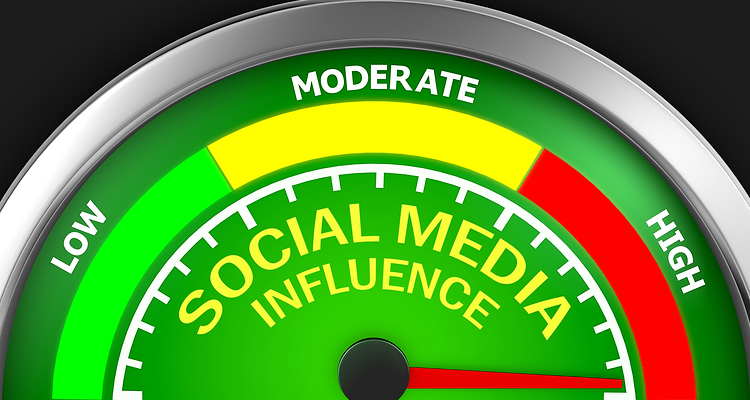
Photo Credit: Shutterstock
The influencer marketing trend appears to be picking up speed, according to a new report by Linqia, which analyzed different ways that brands and agencies are experimenting with influencer marketing. The report highlighted the growing sophistication of these strategies, as well as the new push to establish metrics for influencer marketing.
Influencer marketing is now mainstream
In 2017, a staggering 86 percent of marketers experimented with influencer marketing, according to Linqia. And 92 percent of those marketers found influencer marketing to be successful and effective in reaching their target audience. So if you’re part of the 14 percent of marketers who haven’t yet started to work with influencers across Instagram, Facebook and YouTube, now is the time to start.
The size of influencer marketing programs continues to grow
Just 18 months ago, marketers might have been content to work with just a handful of influencers. Now, however, 63 percent of marketers are working with 10+ influencers per marketing program. Of that total, 24 percent are working with 25 to 50 influencers, while 34 percent are working with 10 to 25 influencers. Thus, the sweet spot seems to be somewhere around 25 influencers per marketing program.
Influencer budgets are on the rise
As influencer marketing strategies continue to grow and transform, that’s putting more pressure on brands, agencies and businesses to allocate more budgetary resources. Currently, 30 percent of marketers spend $25,000 to $50,000 per campaign. Just doing a bit of back-of-the-envelope math, that works out to about $1,000 per influencer if you’re working with 25 to 50 influencers. And, in 2018, budgets are set to rise. In 2018, 39 percent of marketers plan to increase their budgets, while only 5 percent plan to decrease their spending on programs.
The choice of which social platforms to use continues to evolve
As part of the Linqia study, marketers were asked which social platforms they favored for running their influence campaigns. Perhaps not surprisingly, Instagram topped the list at 92 percent, followed by Facebook at 77 percent. However, what was somewhat surprising was the fall from the top of Snapchat. Blogs (71 percent) and YouTube (42 percent) were both more popular than Snapchat, which really seems to have fallen out of favor with marketers.
Influencer metrics also continue to evolve
Another key finding of the report was that marketers are starting to put more and more emphasis on “lower funnel” rather than “upper funnel” metrics. In other words, they are focused less on just brand awareness and reach and more on actual conversions. It is no longer enough for influencers simply to talk up a brand or a certain product – they must also be able to move the needle when it comes to product sales. Which makes sense, right? What’s the point of spending $50,000 per influencer campaign if there’s no tangible ROI at the very end?
Looking ahead, get ready for more growth in the influencer marketing segment. Judging from this Linqia report, influencer marketing seems to be shaking off some of the negative controversy that seemed to surround it at the beginning of last year, and is now firmly entrenching itself as a key tool in any marketer’s digital marketing toolkit.